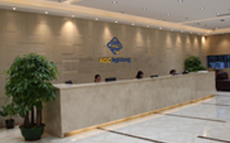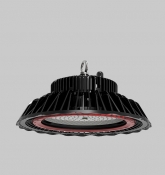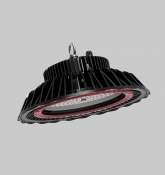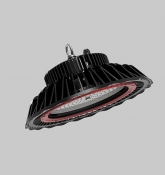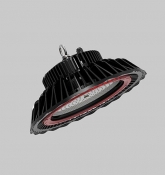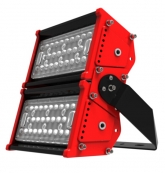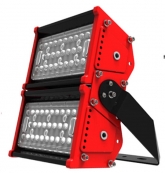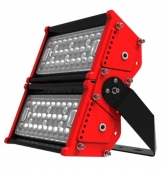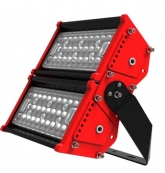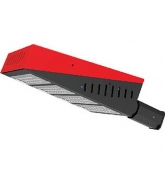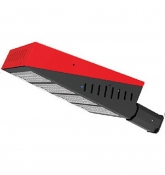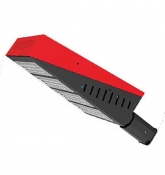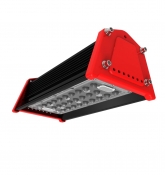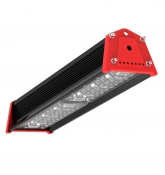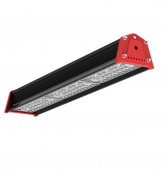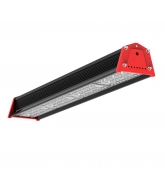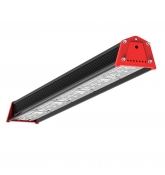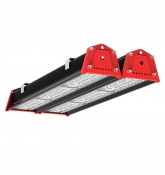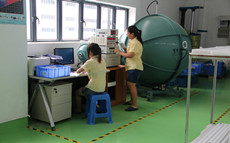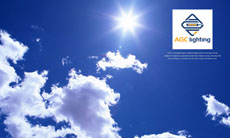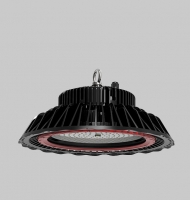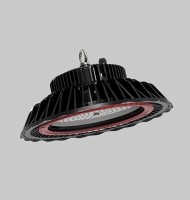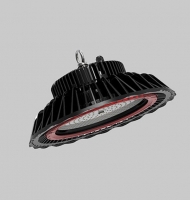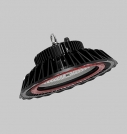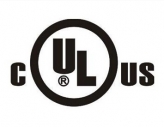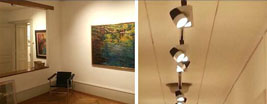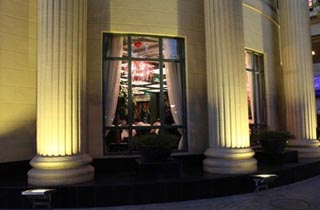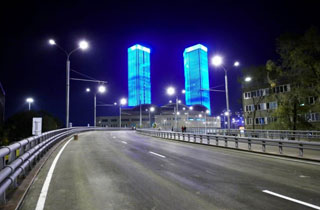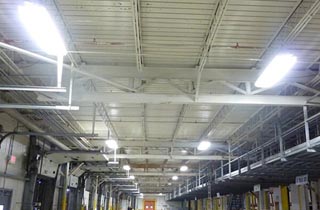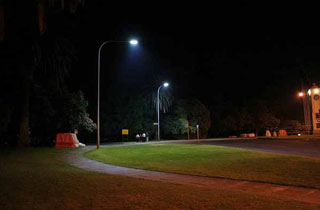The Suggestions to improve the level of LED lamp cooling
Here we are described as:
LED lamp power, which need to be considered LED heat dissipation, power LED requires cooling. Power LED at 100mA operating current means more light-emitting diodes. Our line is marked with reference to the United States as defined ASSIST Union, according to the existing two kinds of typical LED forward voltage 2.1V and 3.3V, ie input power 210mw and 330mw power than LED are LED, the device needs to be considered hot casual problem, some people may have different views, but proved to improve the reliability of the power LED (life), we must consider the power LED thermal problems.
LED cooling heat-related parameters related to the main parameters have thermal resistance, junction temperature rise.
Refers to the effective temperature and the thermal resistance of the device provides an external reference point temperature difference divided by the steady state power dissipation in the device quotient. It is said that the most important device parameters degree heat. At present, the power LED thermal resistance of the heat better ≤10 ? / W, domestic coverage of the best thermal resistance ≤5 ? / W, thermal resistance up abroad ≤3 ? / W, such as the power to do this level ensures that the LED life .
Junction temperature refers to the temperature of the LED semiconductor junction device main heating section. It is a manifestation of the LED device under operating conditions, the ability to withstand temperature. Improve the heat resistance has formulated plans to target the United States SSL. Chip and phosphor or high heat resistance, has now reached the junction temperature at 150 ?, the phosphor at 130 ?, basically have little impact on the life of the device will not. Description chip phosphor higher heat resistance, the lower the heat dissipation requirements.
There are several different temperature rise, we are talking about here: shell - environmental temperature. It refers to the LED device package (LED lamps can be measured to the hottest) temperature and the environment (in the luminaire plane, away from the lamp at 0.5 meters) temperature difference. It is a direct measurement of the temperature value, and directly reflects the LED device peripheral cooling degree, practice has proved, at an ambient temperature of 30 ?, if the measured LED bulb is 60 ?, its temperature should be 30 ? in this case basically ensures that the lifetime value of LED devices, such as the temperature is too high to maintain the rate of the LED light source will be greatly decreased.
LED lamps heat new problem:
With the development of LED lighting products, there are two new technologies: First, in order to increase the flux of a single tube, inject greater current density, as mentioned below, so that the chip generates more heat, the need for cooling. Second, a new package structure, with the LED light source power is increased, a plurality of power LED chips need to set package together, such as COB structure, modular lamps, etc., will generate more heat, need for more effective heat dissipation structure and measures, which gave the heat raised new issues, otherwise it will greatly affect the performance and life of LED lamps.
At present, the total thermal efficiency of LED lamps is only 50%, there are a lot of power to become hot. Secondly, LED high current density and modular lighting, etc. will produce more concentrated heat, need a good heat dissipation.
In order to improve the heat level we offer the following suggestions:
1), from the LED chip, it should adopt a new structure, new technology, to improve the LED chip junction temperature of heat resistance, heat resistance, and other materials, making the lower heat dissipation requirements.
2) reduce the thermal resistance of the LED device, using the new package structure, new technology, the choice of thermal conductivity, heat resistance, good new material, including the bonding between the metal material, such as phosphor blend, making resistance ≤ 10 ? / W or less.
3) reduce the temperature, try using a good thermal conductivity thermal material, the design requires good ventilation channels, spread it out as soon as possible so that heat, warming the requirements should be less than 30 ?. In addition, to improve the heat dissipation modular lighting level should be on the agenda.
4), the way a lot of heat, such as the use of heat pipes, and of course good, but the cost factor to be considered in the design issues should be considered cost-effective.
In addition, LED lighting design in addition to improve lighting efficiency, light requirements, appearance outside, to improve the heat level, the use of materials with good thermal conductivity, there were reports that some nanomaterials coated radiator, its thermal performance increase of 30 %. In addition, there must be better mechanical properties and sealing, cooling the body but also dust, LED lamps require a small temperature rise should be 30 ?.






